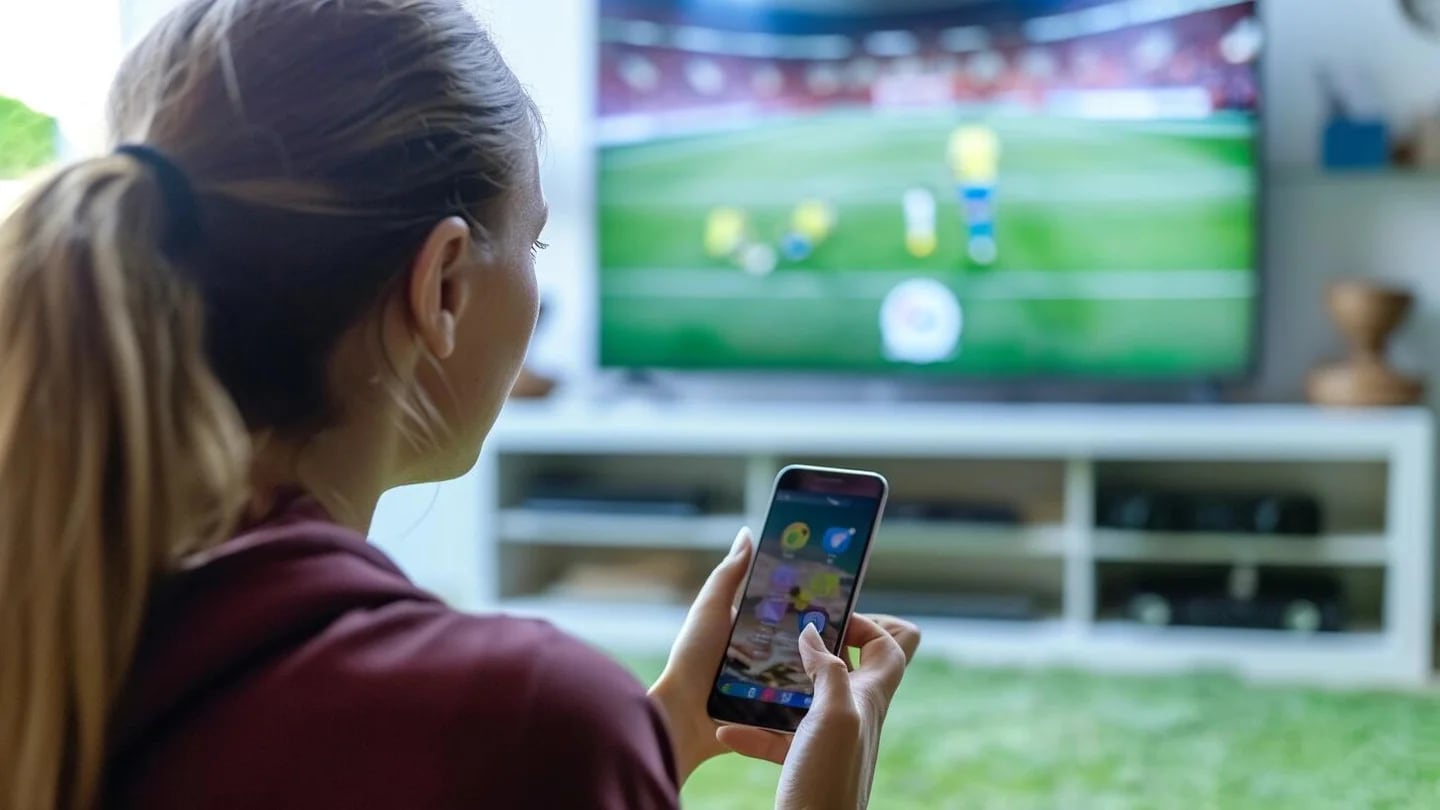
It is common for many people to want to mirror their mobile phone screen to their smart TV. However, this process can be hindered by compatibility errors, incorrect settings, and other causes that prevent this transmission.
Here are some of the most common reasons why this happens as well as their solutions.
Why won’t my phone cast screen on TV
A person might not be able to mirror their mobile phone screen to the TV for several reasons:
– Compatibility: The mobile phone and TV must support the same screen mirroring technology, such as Miracast, Chromecast, or AirPlay. If they are not supported, mirroring will not work.

– Incorrect settings: Sometimes, the network settings or wireless connectivity settings on your phone or TV may not be properly configured for screen mirroring.
– System Update: One or both devices may need to be updated to the latest version of the operating system to support the screen mirroring feature.
– Connectivity issues: There may be Wi-Fi or Bluetooth signal interference between the phone and the TV that prevents the stable connection required for screen mirroring.
– Hardware limitations: Some older mobile phones may not have the ability to screen mirror due to hardware limitations.

To resolve these issues, we recommend checking compatibility between devices, making sure they are up to date, reviewing network settings, and troubleshooting potential connectivity issues to make screen mirroring easier.
How to mirror my phone screen to TV
To mirror a phone screen to a TV, wireless or wired connection methods are usually used. Some general steps to do this are:
Wireless connection (Wi-Fi, Miracast, Chromecast, AirPlay):
1. Make sure your TV and phone support the same mirroring technology, such as Miracast (for Android), Chromecast (for Android and iOS), or AirPlay (for Apple devices).
2. On the TV, turn on the screen mirroring feature or the corresponding mode (such as “Mirroring” for Apple TV or “Cast” for Chromecast).

3. On your phone, turn on the screen mirroring feature from the settings or notifications menu.
Select the TV or device you want to connect to and follow the on-screen instructions to complete the connection.
Wired connection (HDMI or specific adapter):
1. Connect one end of the HDMI cable to the TV and the other end to the adapter compatible with your phone (such as an HDMI to USB-C adapter for Android devices).
2. Set the TV to display the correct HDMI input.
3. The phone should automatically detect the connection and start mirroring the screen on the TV.
Settings and settings:

1. Verify that both devices are connected to the same WiFi network and that the network settings allow communication between the phone and the TV.
To avoid connection issues, the user should confirm that the software on both devices is updated to the latest version available.
By following these basic steps, a person should be able to mirror the phone’s screen to their TV and enjoy their apps, videos, and photos on a bigger screen.

How to protect a Smart TV from a cyberattack
To protect a Smart TV from cyberattacks, it’s crucial to keep firmware and apps up to date, use strong passwords, and disable unnecessary features like the camera and microphone.
It’s also important to connect your TV to a secure WiFi network, install security software for IoT devices, and adjust your privacy settings are key additional steps.
These measures strengthen the security of the Smart TV, protecting it against malware and ensuring the privacy of personal data.



Comments